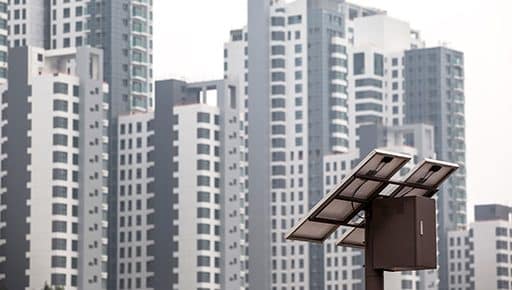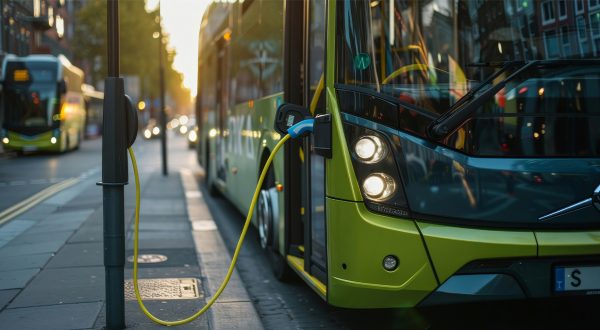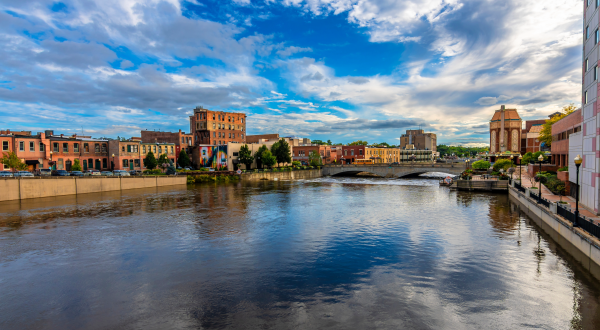Electric vehicle charging, waste collection, irrigation management, parking space monitoring… a multi-application approach to urban lighting is gaining traction.

Electricity networks have a wide variety of purposes. They are used to power impressive light shows, such as the dazzling “Grandes Eaux Nocturnes” water and light display that takes place every summer at the Château de Versailles thanks to Citeos (VINCI Energies). But that’s not all. They also deliver much less spectacular – or simply less visible – services which nonetheless help make the “smart” city a reality.
This was the case with sensors installed in waste containers as part of a scheme in Chartres (central France), which were powered by conventional urban networks. “The system helped optimise waste collection by tracking fill level in bins,” explains Xavier Albouy, director of the Citeos brand (VINCI Energies). “It led to real savings in operational costs.”
Humidity sensors and lighting columns
The same approach was used with humidity sensors to control irrigation and with parking spaces in the town of Montesson (Greater Paris). “This new demand for electricity doesn’t result in major additional energy use,” adds Xavier. “The switch to LED lighting has helped save a lot of electricity and has meant that new services are available for the community, which stands to make substantial savings too.”
The multi-purpose potential for urban electrical installations is vast: “Our lighting columns are also used to charge electric vehicles. Near Avignon (south-east France), our installations can be used to connect cameras over power lines,” he says.
Motion sensors and PV panels
Motion sensors make it possible to adapt lighting to ensure it is actually useful for pedestrians. “A number of cities have decided to switch their lighting off at a certain time of night,” says Xavier. “That’s an option in areas where there’s no activity at all, but in others it’s a real step backwards… We’ve implemented a method where the lighting level can be kept at 20%, then adjusted to 100% when presence is detected.”
The use of street furniture offers potential. Bus shelters, for example, can house photovoltaic panels. “We now have luminaires with solar panels, especially in Africa,” points out Xavier. “We can equip entire roads with this type of solution. In France, we implemented an initiative of this kind in Divonne-les-Bains to illuminate lakeside areas in a completely renewable way.”
With electrical facilities being renewed at a rate of just 3% per year in France, it will take several decades to achieve optimal energy efficiency. “Street lighting accounts for 45% of electricity use in cities,” stresses Xavier. “We have an immediate opportunity to halve this figure, which means that with additional investment, communities could start to see payback after 6 or 7 years once the cost has been amortised.”
“Street lighting accounts for 45% of electricity use in cities. We have an immediate opportunity to halve this figure”
15/11/2017


